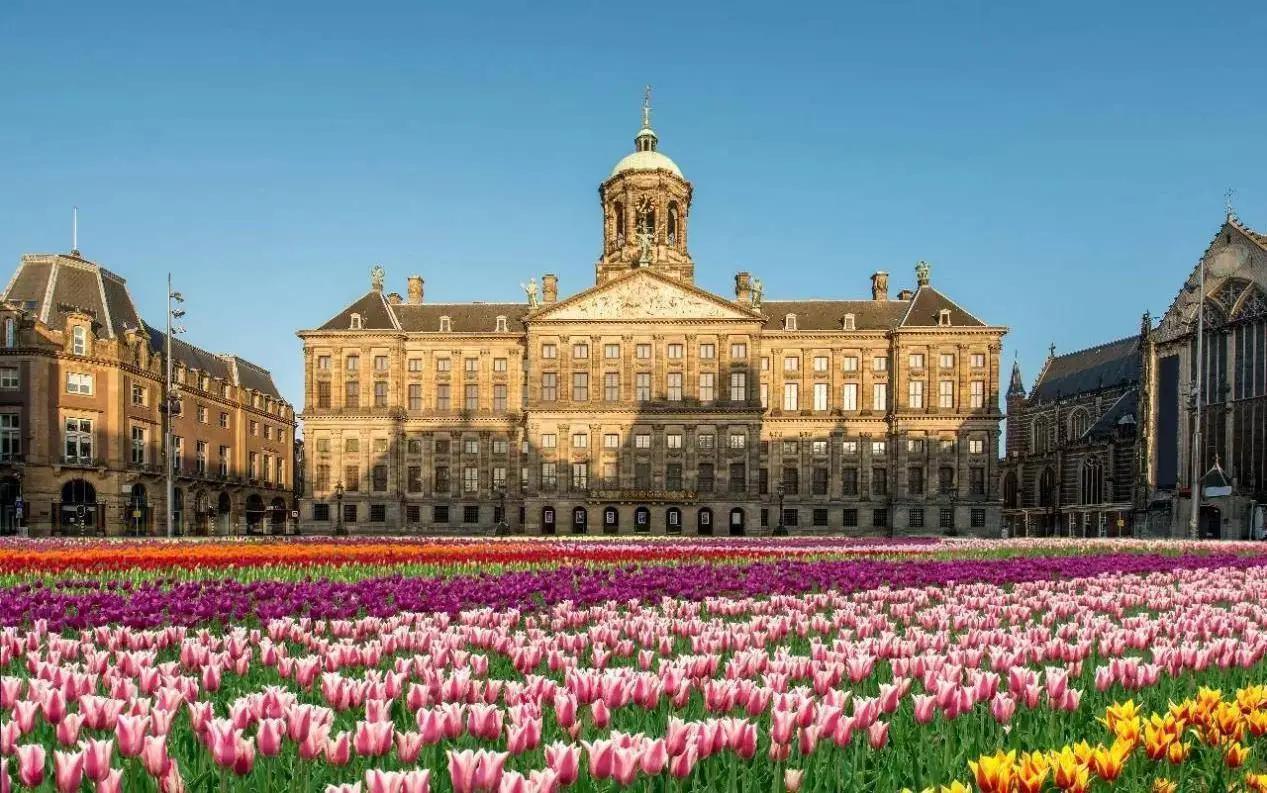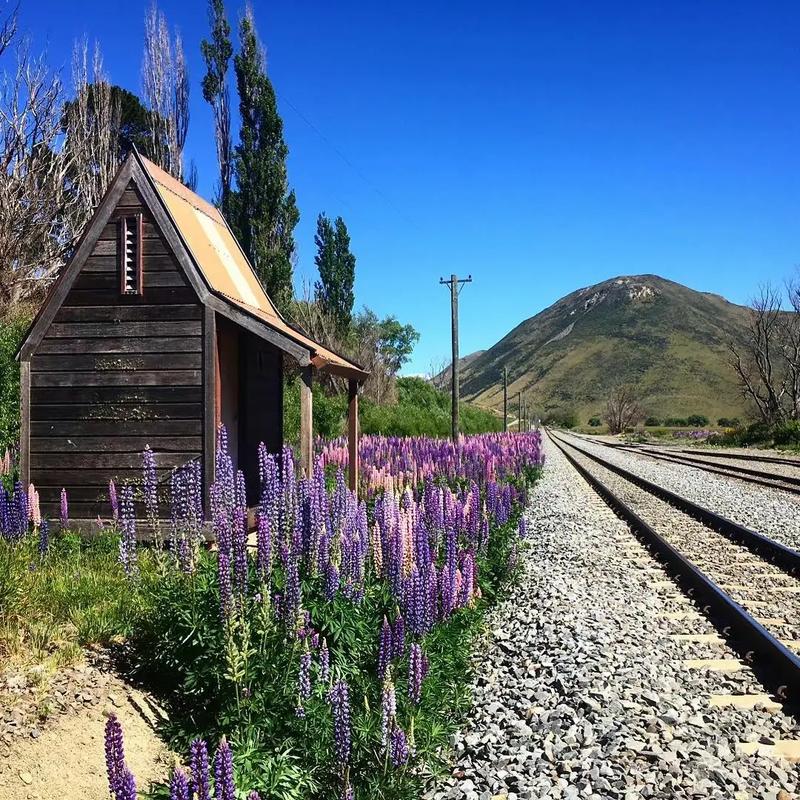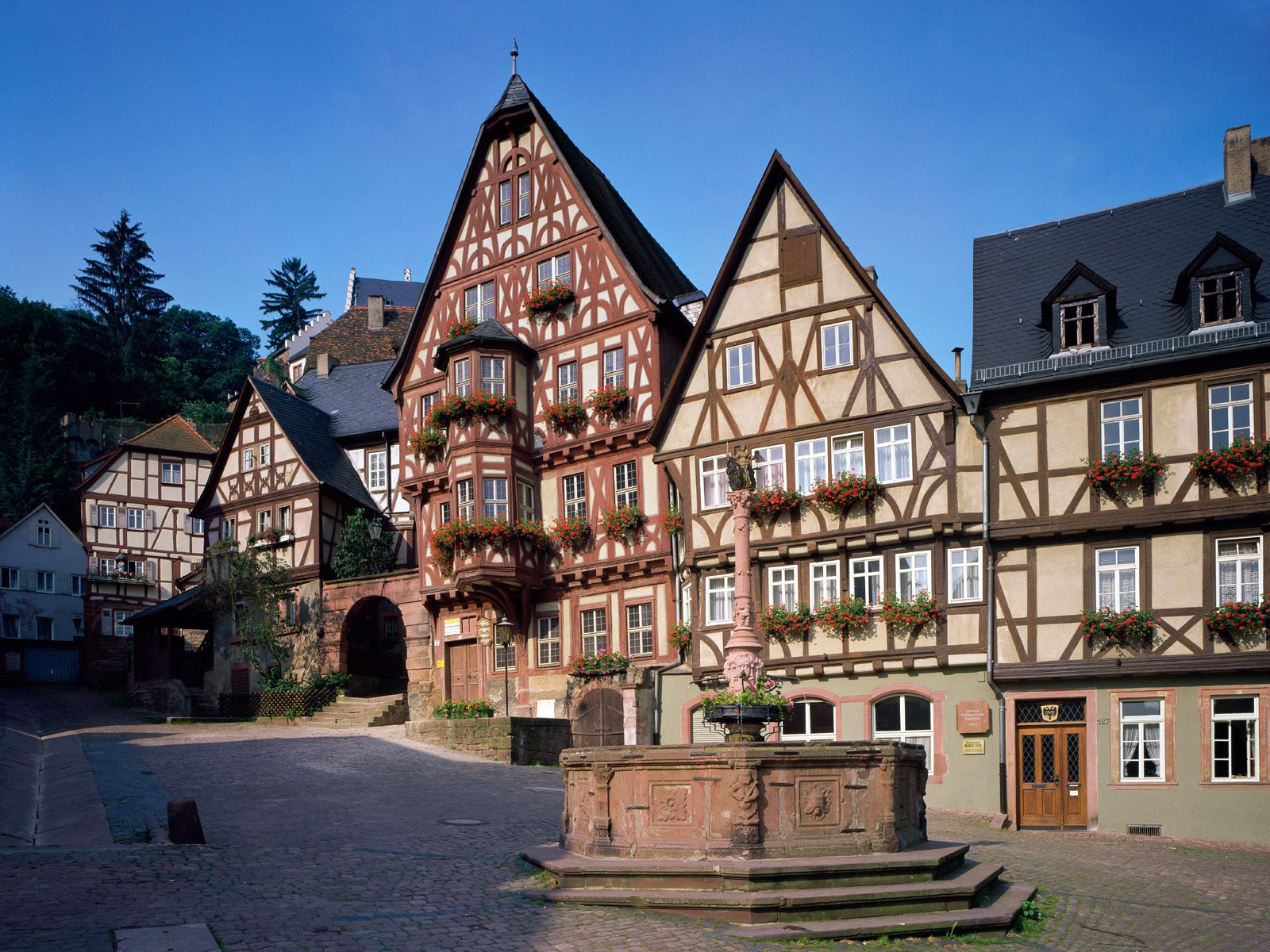Japan Travel
Kanazawa’s Kenrokuen Garden: Seasonal Beauty Attraction
Kanazawa’s Kenrokuen Garden is widely regarded as one of Japan’s most exquisite landscape gardens, often mentioned alongside Kairakuen in Mito and Korakuen in Okayama as one of the Three Great Gardens of Japan. What sets Kenrokuen apart, however, is its breathtaking embodiment of the concept of shiki no kōkei—the beauty of the four seasons. More than just a garden, it is a living canvas where nature, art, and philosophy intertwine, offering a uniquely transformative experience to visitors throughout the year.
The very name “Kenrokuen” (兼六園) translates as “Garden of the Six Sublimities,” a reference to a classical Chinese concept that identifies six essential attributes of a perfect landscape: spaciousness and seclusion, artifice and antiquity, water-courses and panoramas. Achieving a balance between these seemingly contradictory qualities was the ambition of the Maeda lords who shaped the garden over two centuries. This philosophical foundation ensures that the garden is not merely a collection of plants but a carefully choreographed environment designed to evoke harmony and reflection. Its seasonal beauty is not an accident; it is the culmination of intentional design meant to highlight the transient beauty of nature.
Spring: A Symphony of Blossoms and Renewal
Spring in Kenrokuen is arguably its most famous season, a time when the garden shakes off the winter chill and erupts in a soft palette of pinks and whites. The centerpiece of this seasonal spectacle is the collection of over 20 varieties of cherry trees. As the sakura begin to bloom in early April, the garden becomes a pilgrimage site for hanami (flower-viewing) enthusiasts. The delicate blossoms frame the garden’s ponds and historic structures, creating picture-perfect reflections on the water's surface. The sight of the Kotojitoro Lantern, a two-legged stone lantern iconic to the garden, set against a cloud of cherry blossoms is one of the most photographed scenes in Japan.
But the beauty extends beyond the sakura. Plum blossoms herald the very beginning of spring, followed by the vibrant yellows of the yamabuki (Japanese globeflower) that line the streams. Azaleas soon burst into fiery mounds of red, pink, and purple, meticulously trimmed into shapes that complement the garden’s rolling topography. Spring in Kenrokuen is a celebration of renewal and fleeting beauty, a poignant reminder of mono no aware—the gentle sadness of impermanence.
Summer: A Lush Canopy of Verdant Green
As the blush of spring fades, Kenrokuen dons a cloak of deep, luxuriant green. The garden’s vast lawns, a rarity in Japanese gardens, become thick and soft, inviting visitors to stroll barefoot or simply lie back and gaze at the canopy of ancient trees. The summer season showcases the garden’s mastery in creating seclusion and coolness. The carefully placed trees, including massive pines and zelkova, provide dappled shade, offering respite from the summer sun.

The water features become the lifeblood of the garden in summer. The Kasumigaike Pond shimmers under the sunlight, teeming with brilliantly colored koi carp and graced by the elegant movements of swans. The sounds of summer are not of silence, but of life: the hum of cicadas (semi) and the gentle cascade of the Midori-taki waterfall provide a natural soundtrack. The Yukitsuri ropes, which protect the trees from heavy snow in winter, are removed, revealing the trees' full, unencumbered forms. Summer is a season of lush abundance and vibrant energy, where the garden feels most alive and expansive.
Autumn: A Fiery Tapestry of Colors
If spring is known for its delicate blossoms, autumn is renowned for its fiery intensity. From late October through November, Kenrokuen undergoes a dramatic transformation. The maple trees (momiji), ginkgos, and beeches set the garden ablaze in a spectacular display of crimson, gold, amber, and bronze. This kaleidoscope of colors is reflected perfectly in the still waters of Hisagoike Pond, doubling the visual impact and creating a scene of breathtaking depth.
The autumnal atmosphere is one of refined elegance and contemplative beauty. As the air turns crisp, the garden becomes a place for quiet walks and introspection. The historical structures, like the charming Flying Geese Bridge (Gankōbashi), made of stones arranged in the pattern of a flying geese flock, are framed by the brilliant foliage, connecting the artistry of man with the majesty of nature. Autumn represents the peak of maturity and a final, glorious celebration before the sleep of winter.
Winter: A Silent and Serene Landscape
Many gardens close or become dormant in winter, but Kenrokuen possesses a unique and majestic beauty in the colder months. The garden’s most famous winter feature is the Yukitsuri—a sophisticated system of ropes attached to the branches of the iconic Karasaki pine and other trees in a conical array. These ropes act as supports, preventing the heavy, wet snow of the Japan Sea coast from breaking the precious branches. These structures are not merely practical; they are sculptural, adding a striking, artistic element to the stark landscape.
A blanket of snow transforms the garden into a monochrome ink wash painting. The hustle and bustle of other seasons fade into a profound silence, broken only by the crunch of snow underfoot. The sight of the ancient stones, lanterns, and teahouses capped with pure white snow is one of serene and austere beauty. It is a season that highlights the elegance of simplicity and the strength of endurance, completing the annual cycle with a sense of peaceful closure.
In conclusion, Kenrokuen Garden is a masterpiece that reveals a different soul with each passing season. It is a year-round destination that rewards repeated visits, each offering a new perspective and a unique emotional response. It stands as a testament to the Japanese aesthetic principles of balance, harmony, and a deep reverence for the natural world. To walk through Kenrokuen is to witness the endless cycle of nature itself, beautifully curated and forever unforgettable.
相关文章
- Yamagata’s Zao Onsen: Snow Monster Hot Spring Attraction
- Japan’s Maid Cafés: Akihabara Subculture Attractions
- Okayama’s Okayama Korakuen: Historic Garden Attraction
- Japan’s Horse Racing Tracks: Equestrian Sports Attractions
- Tokyo’s Odaiba Gundam: Anime Icon Attraction
- Japan’s Doll Festivals: Hinamatsuri Attractions
- Kagoshima’s Ibusuki Onsen: Sand Bath Hot Spring Attraction
- Japan’s Table Tennis Clubs: Recreational Attractions
- Kyoto’s Nishiki Market: 400-Year-Old Food Attraction
- Japan’s Camellia Festivals: Winter Flower Attractions
发表评论
评论列表
- 这篇文章还没有收到评论,赶紧来抢沙发吧~


